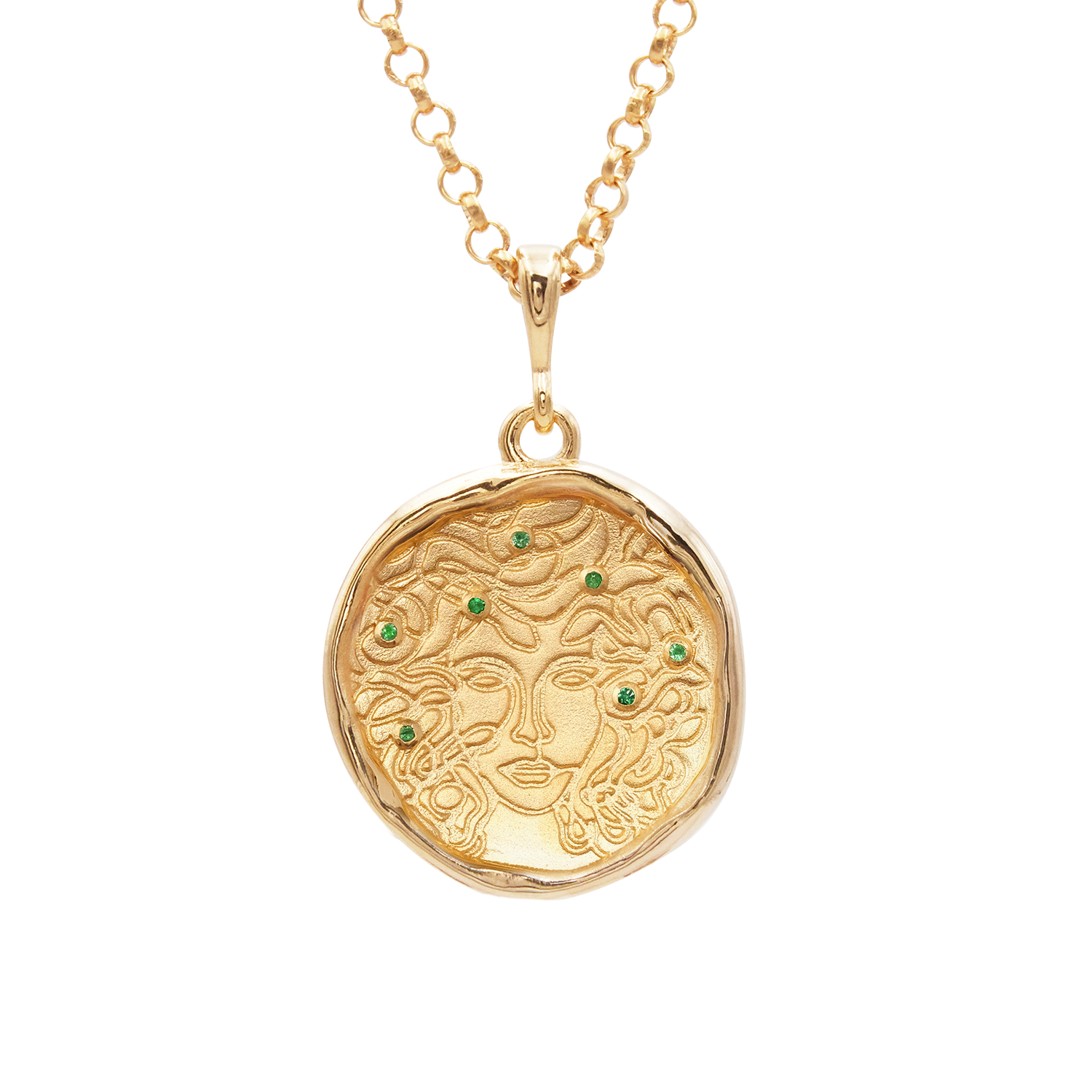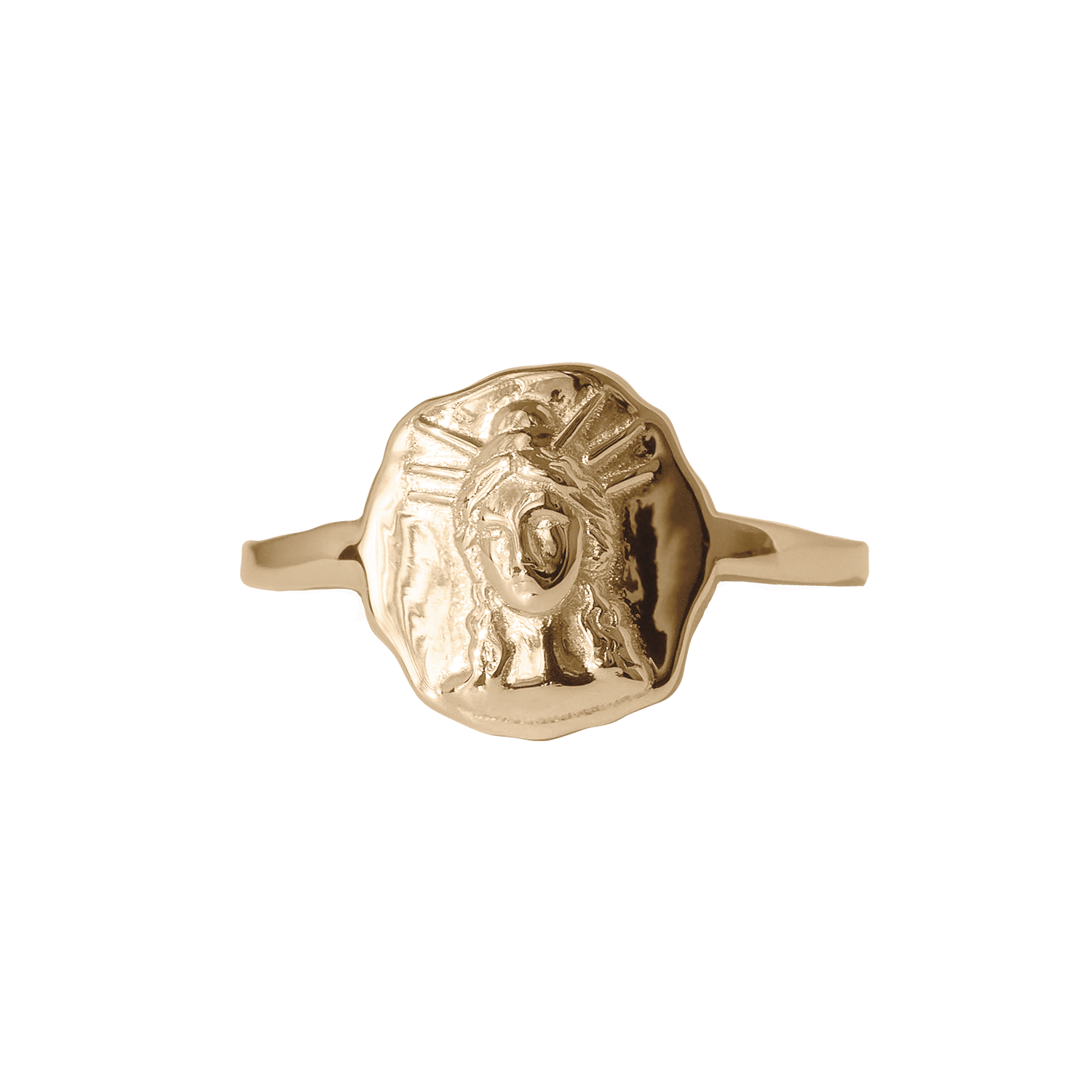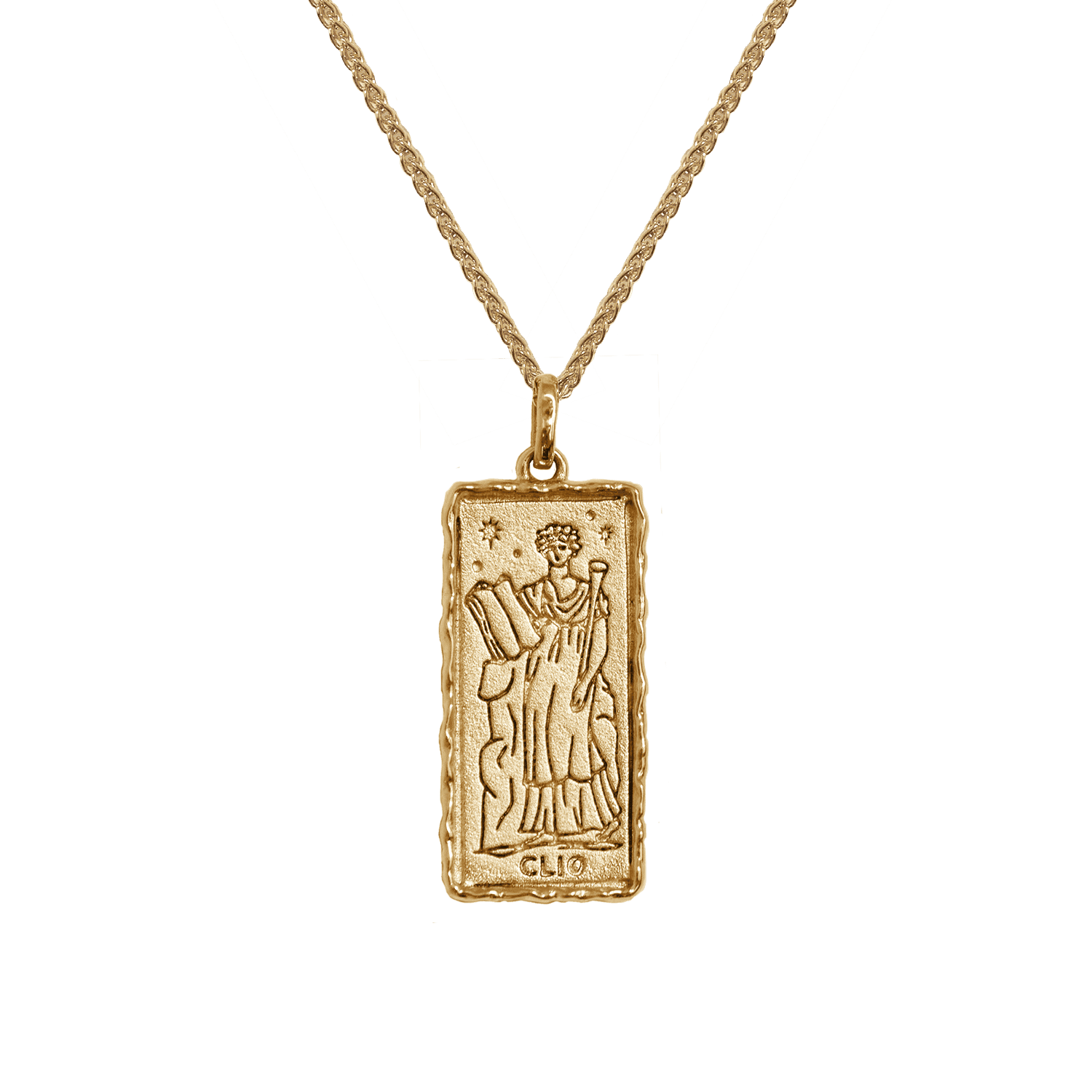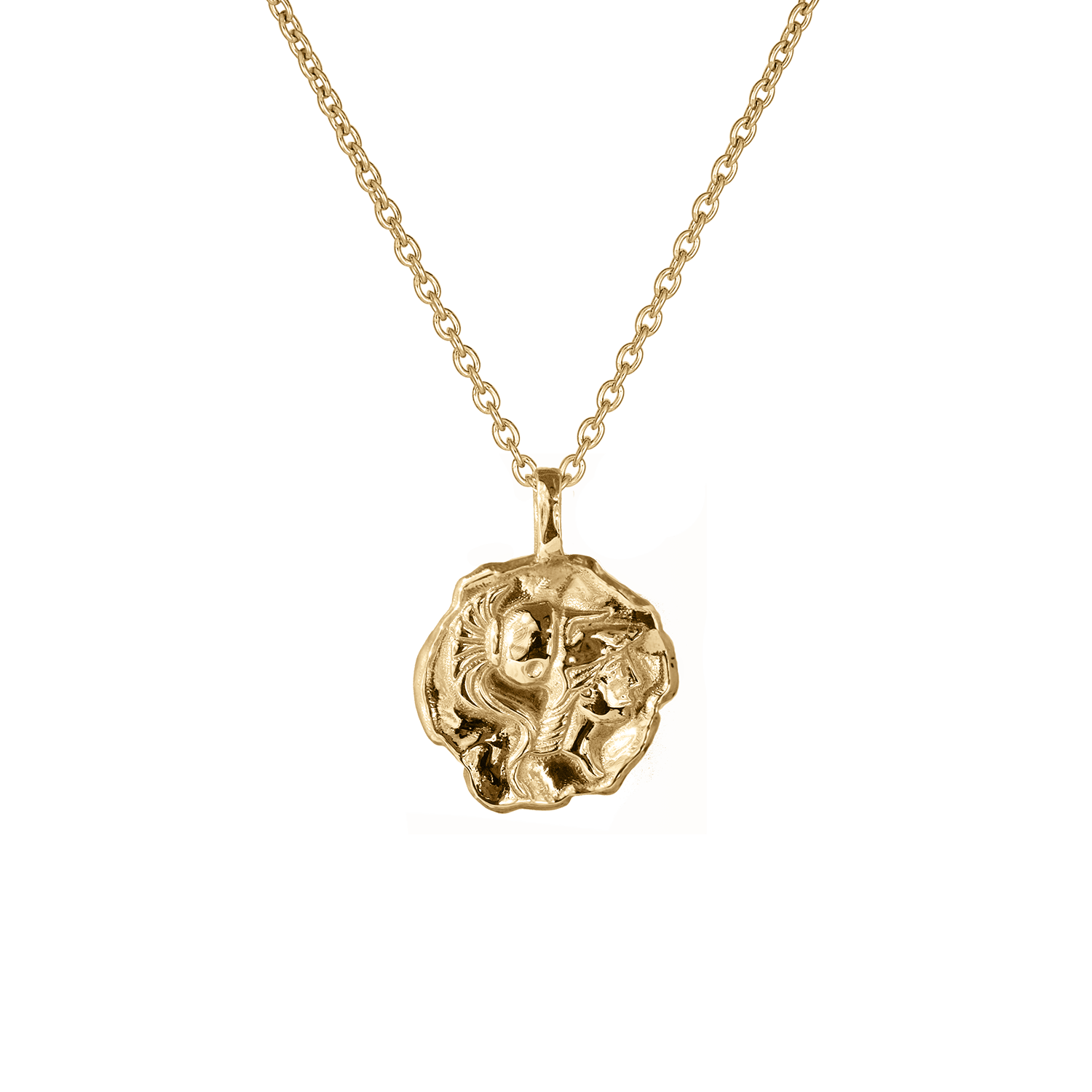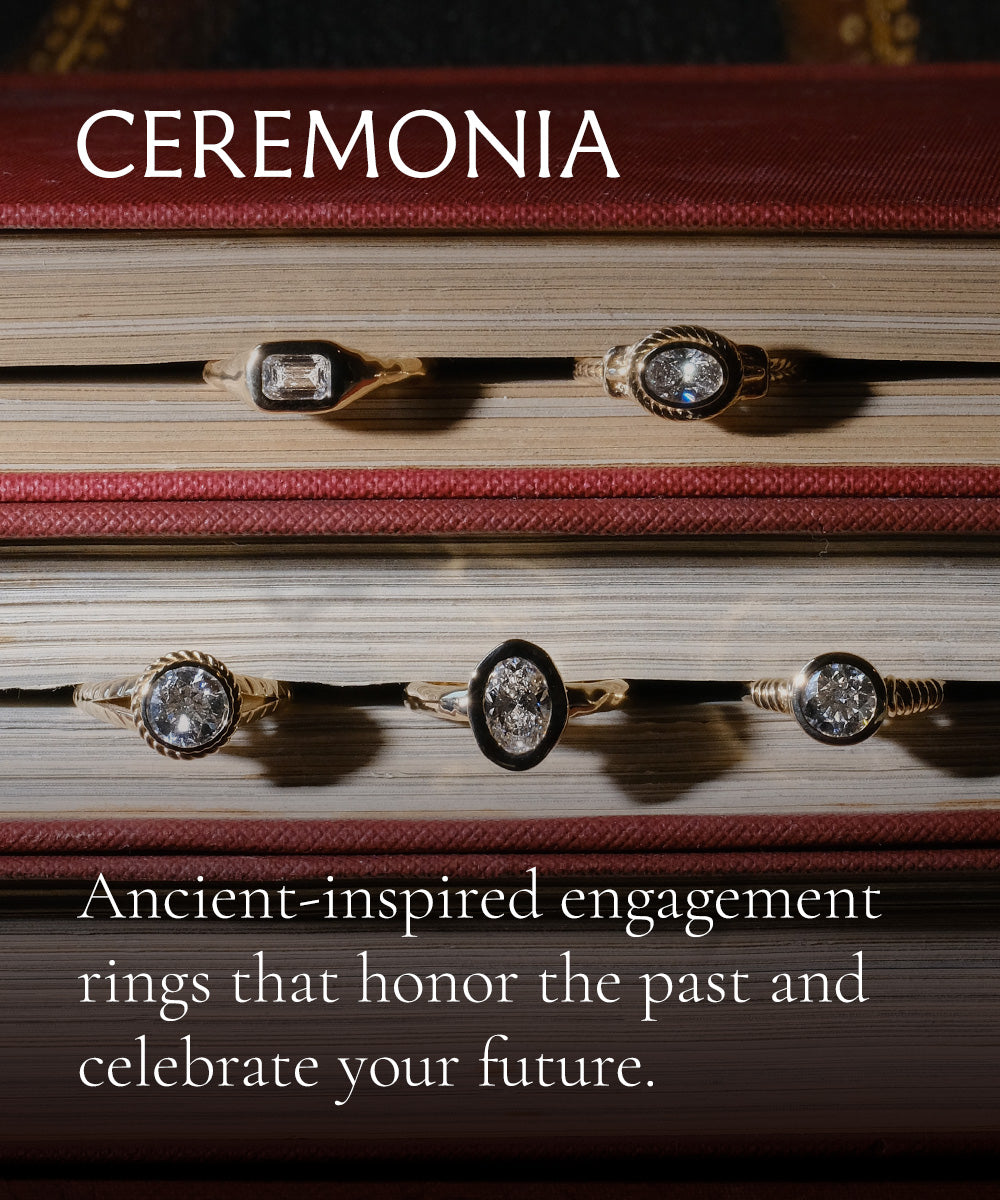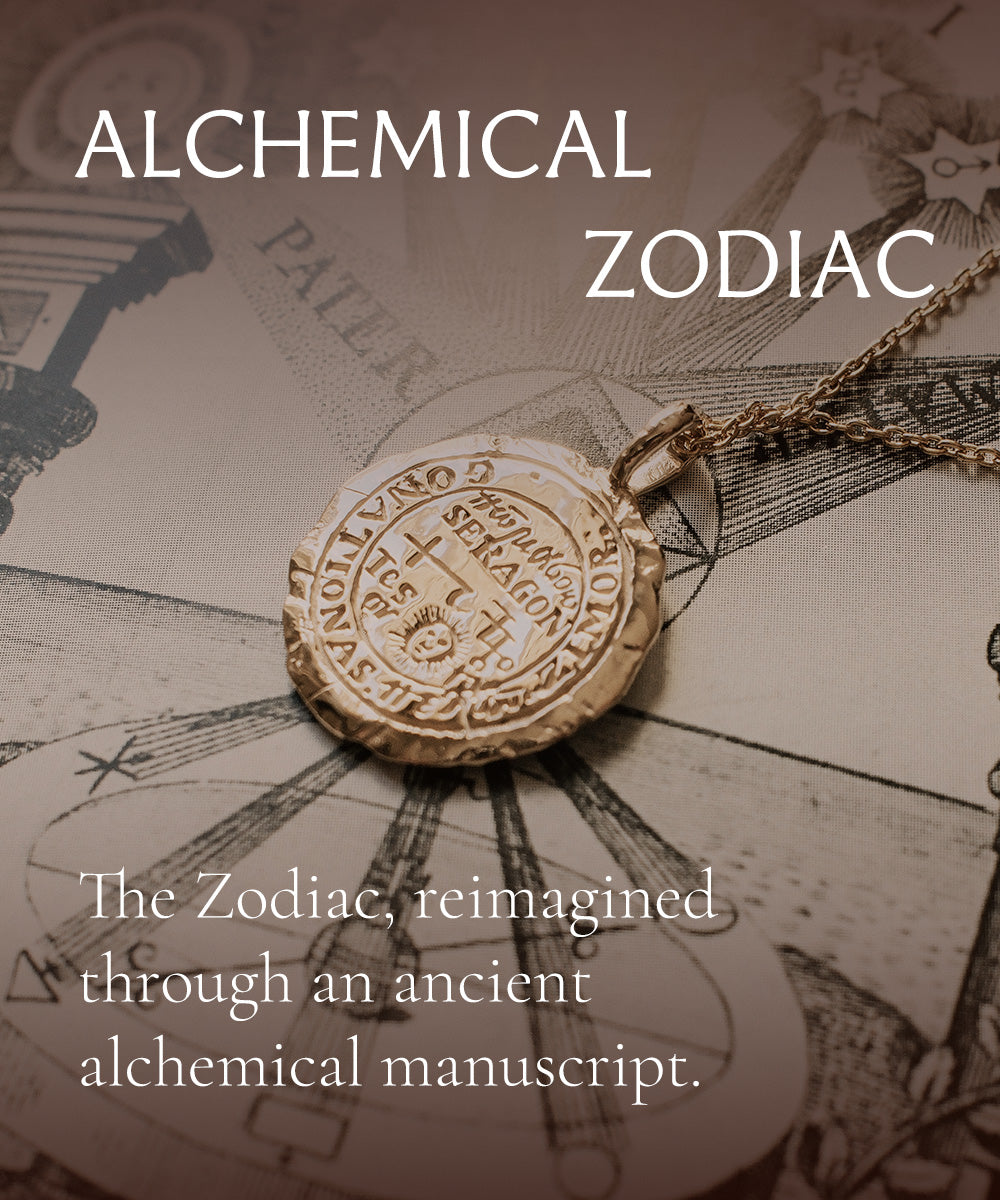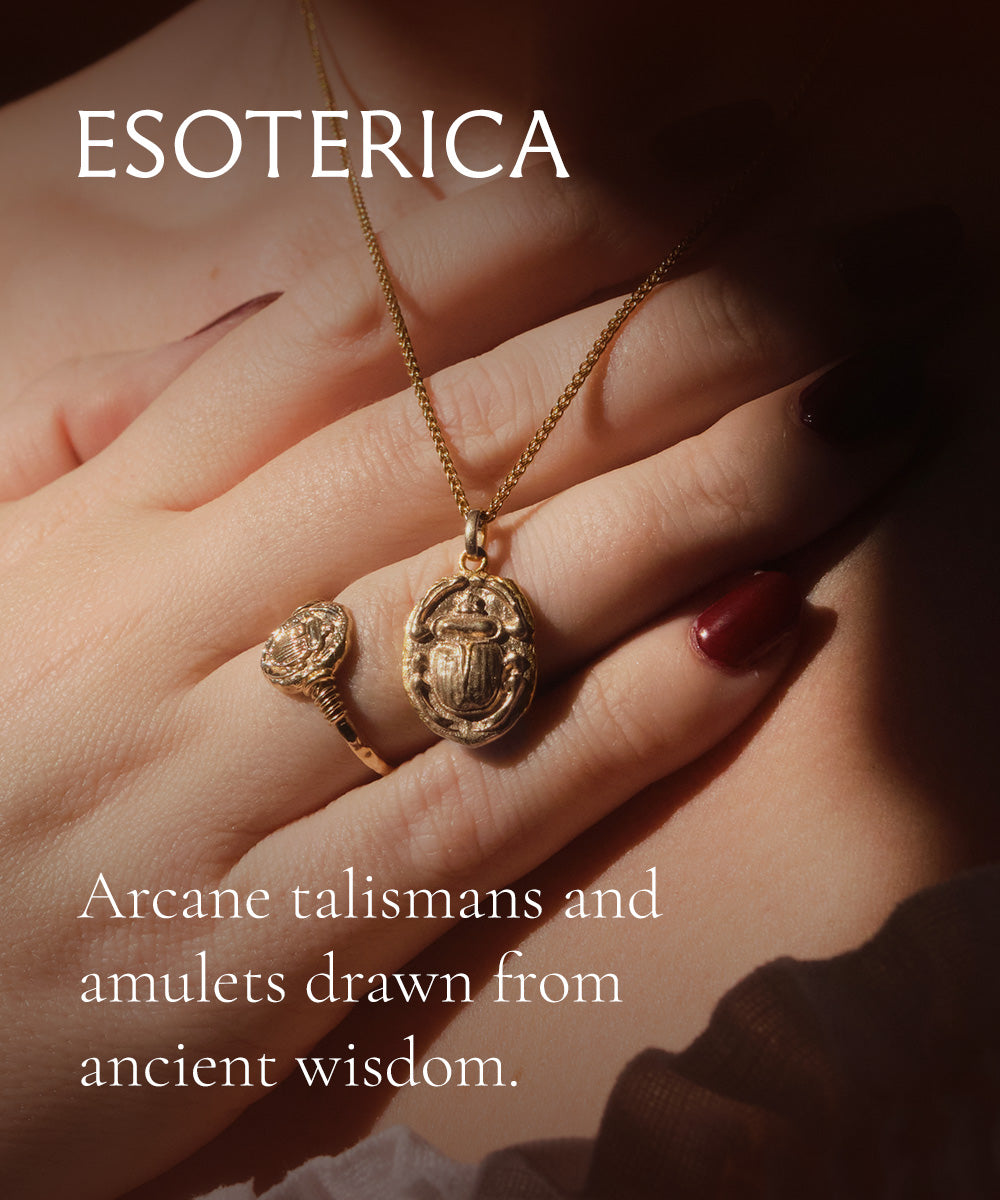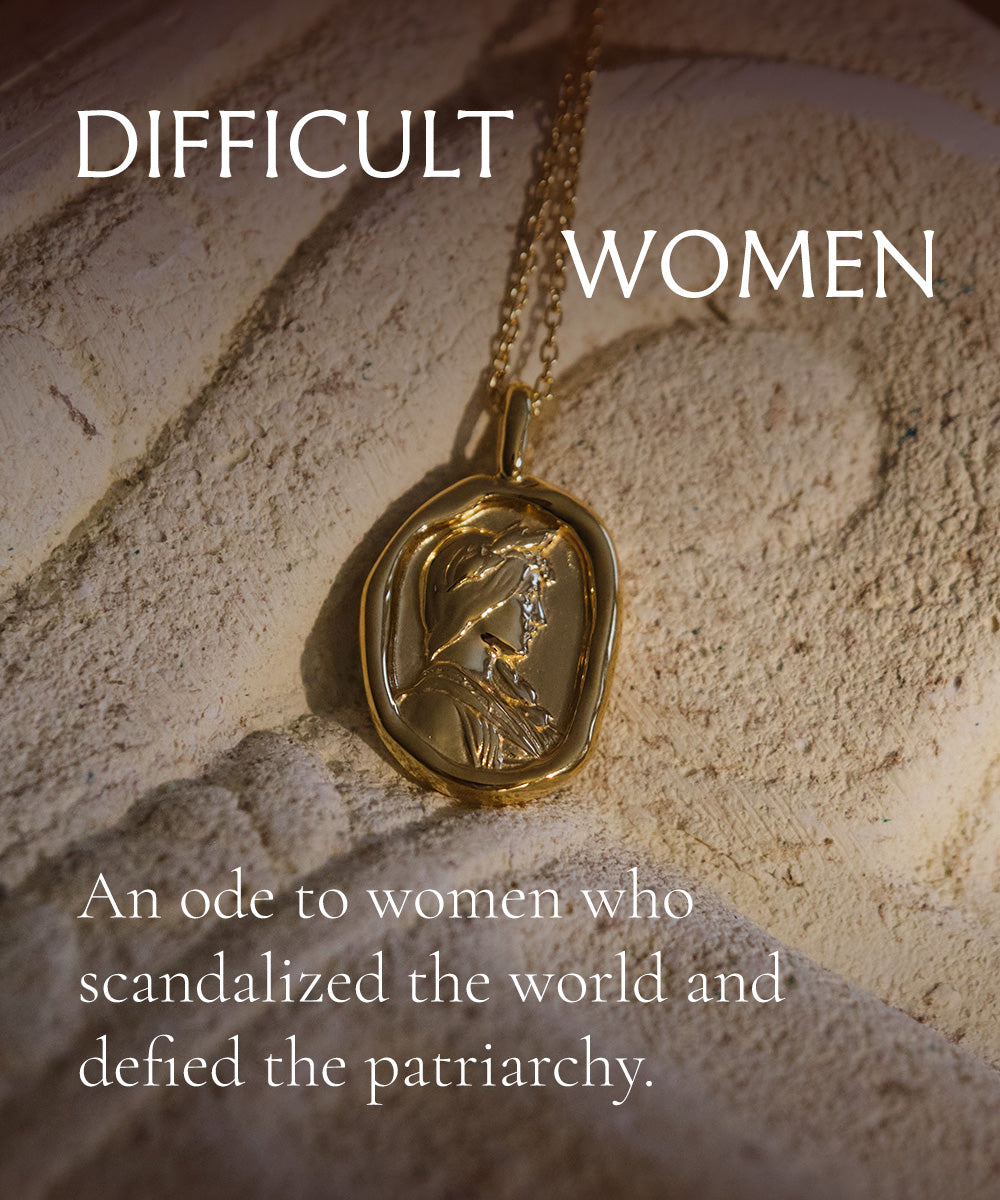The Real History of Valentine's
Valentine’s Day, like most holidays we celebrate today, has roots that run deep through the centuries. When new religions were born, like Christianity was in the early 100s CE, their followers often adopted and transformed their traditional festivals to smooth the transition from one religion to another. Christmas, for example, coincides with the Pagan winter solstice, and Easter evolved from the Babylonian goddess Ishtar’s Spring Festival. Valentine’s Day is no different.
Like most of history, it’s hard to determine the facts because primary sources are scarce and often disagree with one another. But, for the sake of it, let’s remember this is a blog and not a dissertation on medieval history, and get to the fun stuff.
The ancient Roman festival of Lupercalia was observed on the 13th - 15th of February to celebrate the she-wolf, Lupa, who nurtured the founders of Rome, Romulus and Remus, although some sources differ on this and say it was to celebrate the god Faunus, and others say they have no idea what on earth the Lupcercali were celebrating. It evolved over time to become known as ‘Februa’, from which the month February gets its name.
To begin the festival, the Lupercali priests would enter the cave that once housed the she-wolf and sacrificed animals at the altar that stood within. The skins of the animals would then be turned into thongs for men to run around in as they whipped people in the streets. Romans were weird, huh?
Lupercalia is also the festival at which Julius Cesar famously refused the crown offered to him by his second in command, Marc Antony. The story behind this little bit of theatre by Cesar and Antony is worth its own blog, but let’s just say that Romans hated nothing more than a man who wanted to be king. As Cesar had grown into a dictator and effectively kneecapped the senate, he was wary of being perceived as a king, which is why he and Antony put on their little show.
Ok, back to Valentine’s Day. It’s important to note that most historians doubt the link to Lupercalia and point at that correlation is not causation. Just because there was a roman festival on the same date, celebrating fertility, does not link the two. But didn’t you want to hear about those weird rituals?
Shortly after Cesar’s assassination (ok 300 years, which is short in the scheme of things), the Roman Empire transitioned to Christianity, which they had originally persecuted. This led to the Sainthood of a number of martyred Valentines (I guess it was a common name?), all three of whom are celebrated with the Catholic Feast of Saint Valentine. One of those Valentines was a priest famed for conducting marriage ceremonies for soldiers who were typically banned from marrying. What a romantic.
The first real mention of Valentine’s Day as a celebration of romance comes from the English poet Geoffrey Chaucer in the 14th century CE. To celebrate the anniversary of the engagement of King Richard II and Anne of Bohemia, he wrote a poem that included the lines:
""For this was on Saint Valentines day
When every bird cometh there to choose his mate”.
After that, Valentine’s Day appeared in Charter of the Court of Love, issued by the French King Charles VI (sometimes referred to as Charles the Mad because, honestly, he was a bit of a Joffrey) in 1400. The charter doesn’t tell us much but it suggests that there was an annual festival on February 14 with a feast accompanied by a love poem competition.
The word ‘Valentine' was used in the same way we use it now - as in, ‘you are my Valentine’ - throughout the Middle Ages in fragments of poetry, including in Shakespeare’s Hamlet.
Valentine’s Day really made its comeback in the Victorian era, when the English were mad for romanticism and jewelry was becoming more accessible. Factories began to produce anonymous Valentines that were sent en masse in the mid 1800s, and jewelry became a common gift for those that could afford it.
Which brings us to 2020, where many of us celebrate Valentine’s Day alone on the couch with a bottle of red and a Bridget Jones marathon, which is TOTALLY FINE because no one needs another person to validate their existence. However, for those with a beloved to call their own, jewelry is the go-to gift.
If you’re the romantic type, we suggest our Secret Message Rainbow Huggie Earrings, which contain a hidden message in the Victorian language of jewels, spelled out in sapphires, emeralds, rubies, amethysts, topaz and diamond.
If you know your lover is a goddess, but aren’t sure which one, we have a Goddess Gift Finder Quiz to help you find the perfect goddess pendant, made from 18k vermeil and set with ethical gems.
Is he/she super picky? A gift card is the answer and is delivered instantly via email.
Also, a reminder, sometimes all you need to do is buy a single flower and plant a kiss on her/his cheek.
